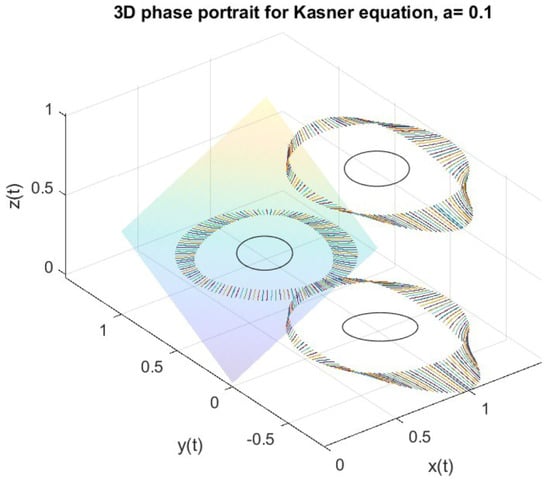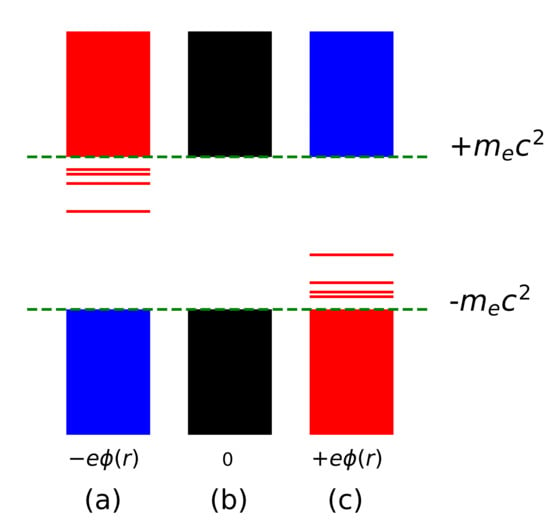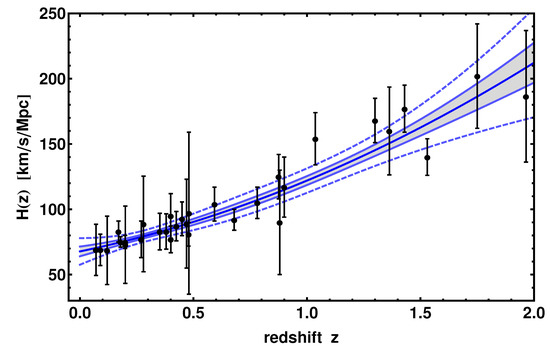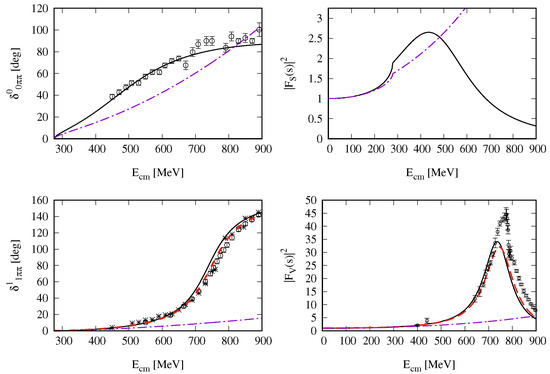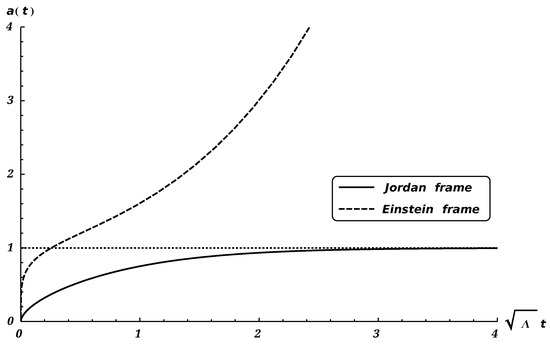Symmetry 2020, 12(7), 1124; https://doi.org/10.3390/sym12071124 - 6 Jul 2020
Cited by 4 | Viewed by 4177
Abstract
In this work, with the help of the quantum hydrodynamic formalism, the gravitational equation associated with the classical Dirac field is derived. The hydrodynamic representation of the Dirac equation described by the evolution of four mass densities, subject to the theory-defined quantum potential,
[...] Read more.
In this work, with the help of the quantum hydrodynamic formalism, the gravitational equation associated with the classical Dirac field is derived. The hydrodynamic representation of the Dirac equation described by the evolution of four mass densities, subject to the theory-defined quantum potential, has been generalized to the curved space-time in the covariant form. Thence, the metric of space-time has been defined by imposing the minimum action principle. The derived gravity shows the spontaneous emergence of the “cosmological” gravity tensor (CGT), a generalization of the classical cosmological constant (CC), as a part of the energy-impulse tensor density (EITD). Even if the classical cosmological constant is set to zero, the CGT is non-zero, allowing a stable quantum vacuum (out of the collapsed branched polymer phase). The theory shows that in the classical macroscopic limit, the general relativity equation is recovered. In the perturbative approach, the CGT leads to a second-order correction to Newtonian gravity that takes contribution from the space where the mass is localized (and the space-time is curvilinear), while it tends to zero as the space-time approaches the flat vacuum, leading, as a means, to an overall cosmological constant that may possibly be compatible with the astronomical observations. The Dirac field gravity shows analogies with the modified Brans–Dicke gravity, where each spinor term brings an effective gravity constant G divided by its field squared. The work shows that in order to obtain the classical minimum action principle and the general relativity limit of the macroscopic classical scale, quantum decoherence is necessary.
Full article
(This article belongs to the Special Issue Symmetry in Quantum Systems)
